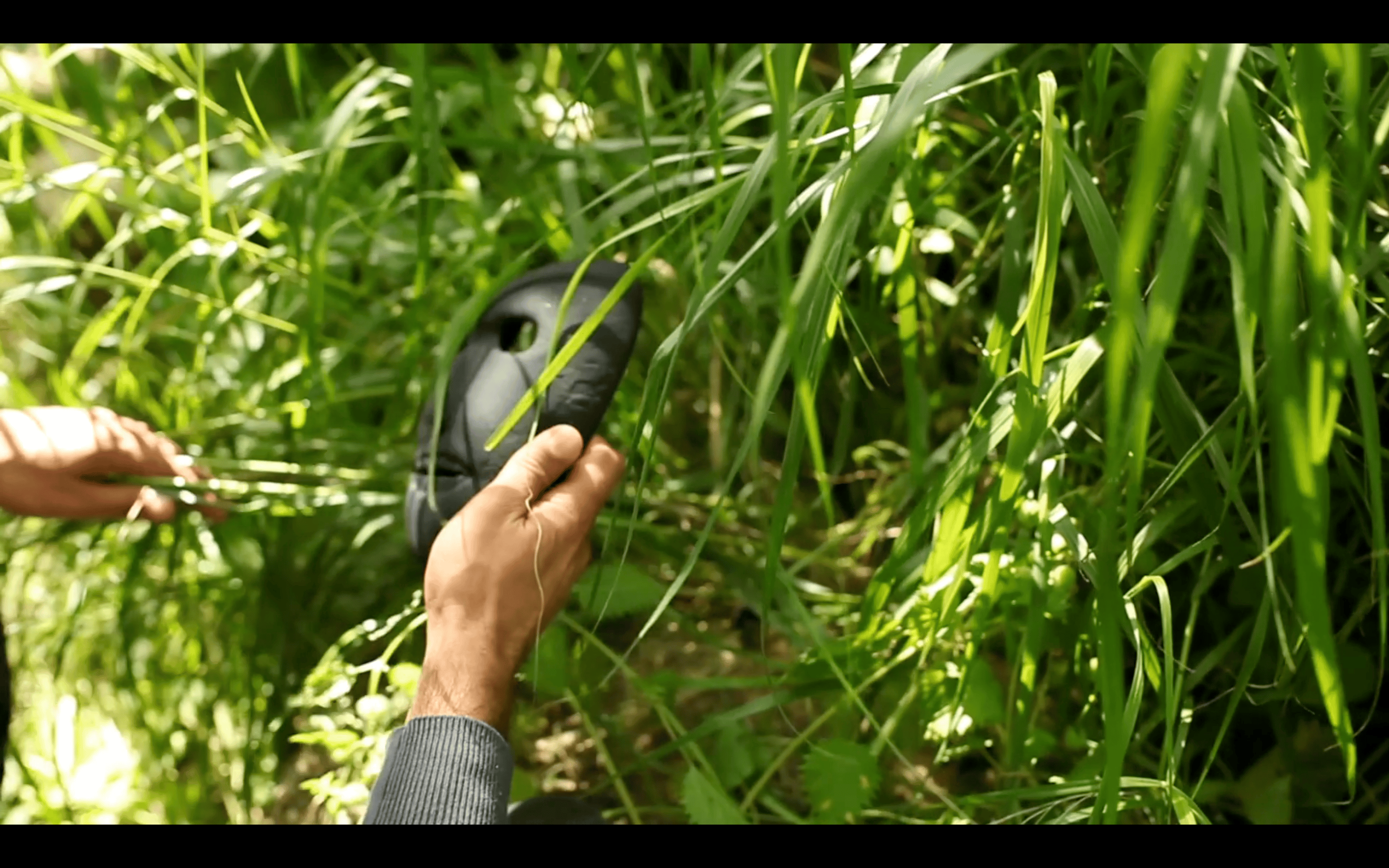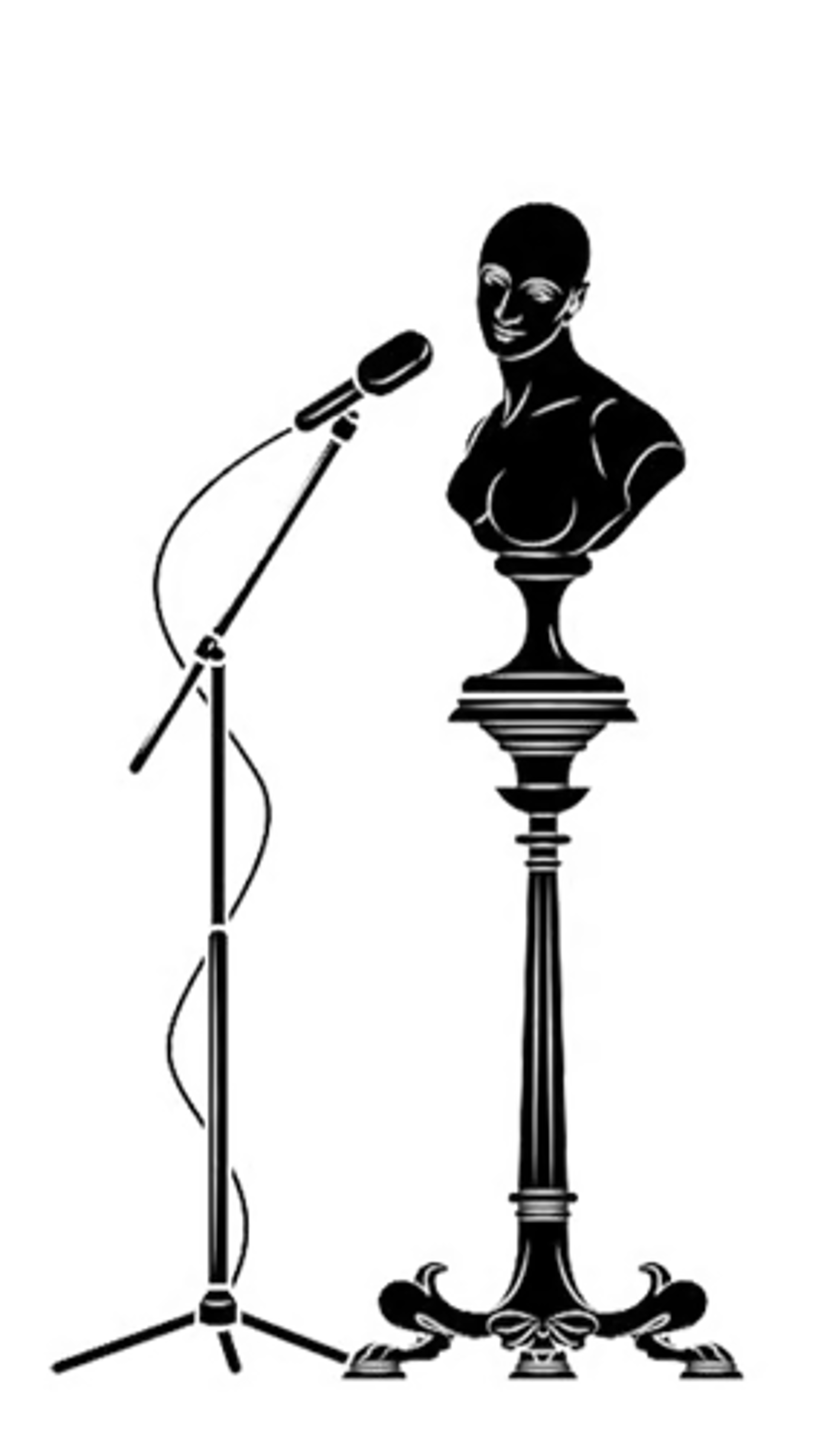Palestinian artist duo Basel Abbas and Ruanne Abou-Rahme work across sound, video, image, text, installation and performance. Over the years of their collaboration, they have developed a body of work that questions the suspension of the present and searches for ways in which an altogether different imaginary and language can emerge—one that is not constrained by colonial and capitalist narrative and discourse. In their projects, they excavate, activate and invent incidental narratives, figures, gestures and sites as material for re-imagining the possibilities of the present. Through the use of the actual and imaginary, they remain with what has been severed, stolen and subject to political erasure in a poignant call for the multi-faceted resistance of which forms of collectivity are a central front.


Black and white images repeat the motions of falling, running, tripping, and repeating creating a hypnotic choreography burned into the retina. Fire is returned with fire as weapons and bodies fly suspended in a haunting tapestry of time. Views of Jerusalem flash behind the images of a child as the superimposed background expands the repeated falling of the dispossessed - the images accelerate like a train of events on a collision-course with the future. Blurred images enter the eye like shrapnel of history, slowed and suspended over Palestine.
Collapse (2009) by Basel Abbas and Ruanne Abou-Rahme unfolds as an act of excavation that interlace imaginary and actual moments of resistance and loss to illuminate the deep disruptions that have shaped not only Palestinian lived experience and collective memory, but shared histories and conditions of struggle.
Still image: Basel Abbas and Ruanne Abou-Rahme / Collapse (2009).
A literal and poetic displacement echoes throughout the work, forming a meditation on a contemporary Palestinian landscape ruptured by ongoing colonization of community, memory and narrative. Moments of recurrent potential and incompleteness of resistance are repeated in an attempt to reconstruct past fragments and uncover the suspension of the future in the present. In Collapse, Abbas and Abou-Rahme sample footage from The Open Door (1963), The Battleship Potemkin (1925), and In Search of Palestine: Edward Said’s Return Home (1998), and pair them with their original material. What follows is the feeling of continual suspension and relapse, breaks and deadly repetition that reflects the overlap between personal trajectories and multiple historical narratives.


And Yet My Mask is Powerful Part 1 (2016) is a video component of a larger multi-part project that delves into the apocalyptic logic of perpetual crisis that defines the contemporary moment. The title references Adrienne Rich’s poem Diving into the Wreck, with the images in the work navigating through themes of destruction, erasure, and possibility. Like the poem’s mise-en-scène of wreckage, the artists situate their work within the ruins of Palestinian villages destroyed during the Nakba.
Still image: Basel Abbas and Ruanne Abou-Rahme / And Yet My Mask Is Powerful (2016).
The video follows a group of Palestinian youth who wander through the sites of destroyed villages ethnically cleansed by the Zionist forces during the Nakba in 1948. Central to the project are 3D-printed replicas of Neolithic masks originally discovered in the West Bank. These ancient masks—some of the oldest known in the world—are now held in private Israeli collections. Using online exhibition photographs, the artists hacked and re-created these masks, reintegrating them into the Palestinian landscape. The metaphorical wreck is surrounded with the foliage of forced absence - wildflowers and weeds sprout through the once-worn stones that supported the village. The artists write:
“Something strange happens in these returns. The destroyed sites emerge not just as places of ruin or trauma, but appear full of an unmediated vitality… There is a swarm of non-human life forces here, from the insects to the wild thorns, to the pomegranate trees that are inscribed with the living memory and story of the site. And it is here in the living archive of the vegetation itself that the site lives and breathes.”1

Still image: Basel Abbas and Ruanne Abou-Rahme / And Yet My Mask Is Powerful (2016).
Rich’s lines appear in English and Arabic across the screen—“First the air is blue and then it is bluer and then green and then black/ I am blacking out/ and yet my mask is powerful it pumps my blood with power”—becoming a mantra for resilience and reimagination. Through the presentation of ancient artifacts, the work poses a powerful question: Can the sites of destruction become spaces for reimagining an unrealized future? Abbas and Abou-Rahme propose that these wrecked landscapes, far from being mere markers of loss, can serve as fertile grounds for defiance and renewal.

